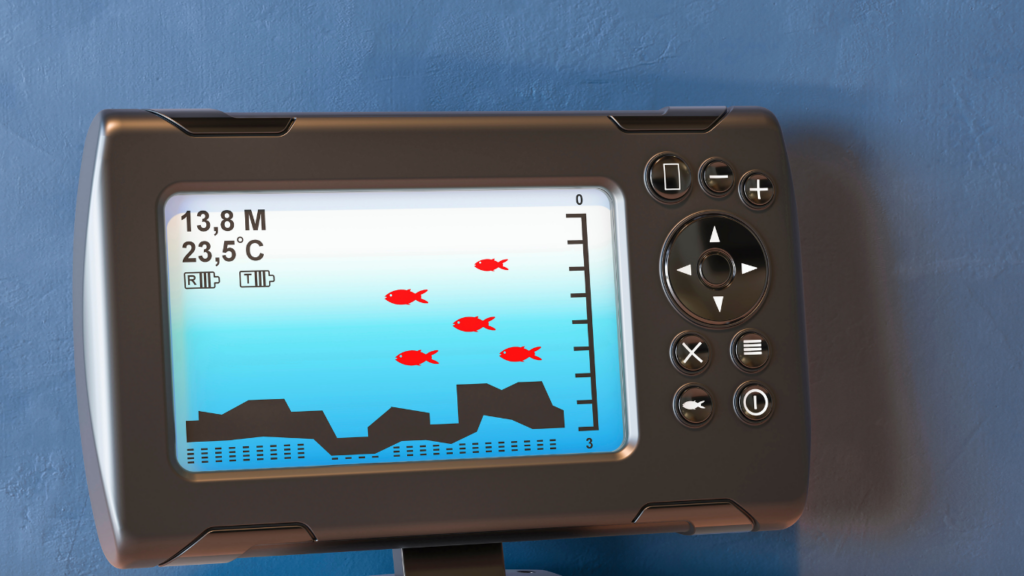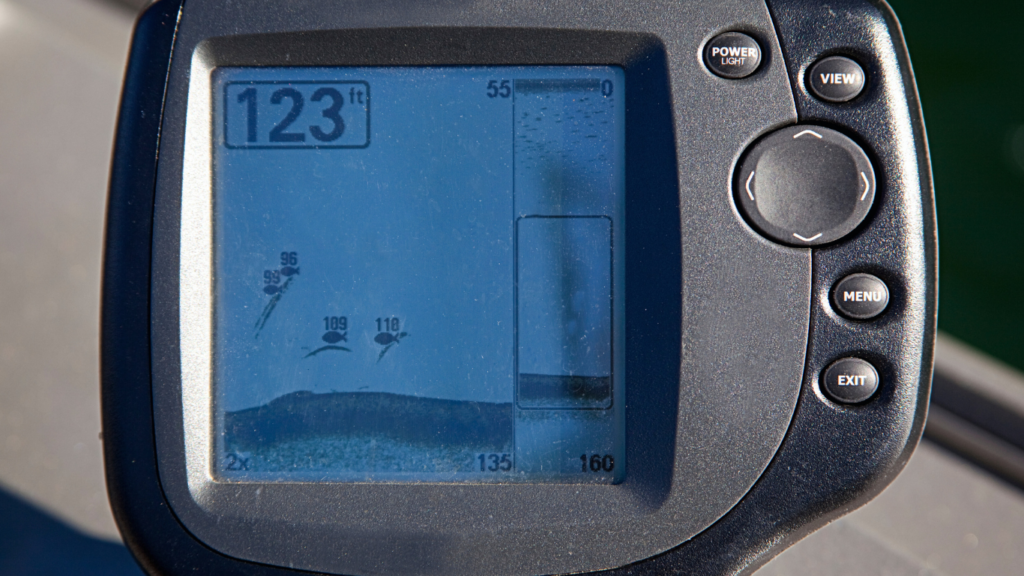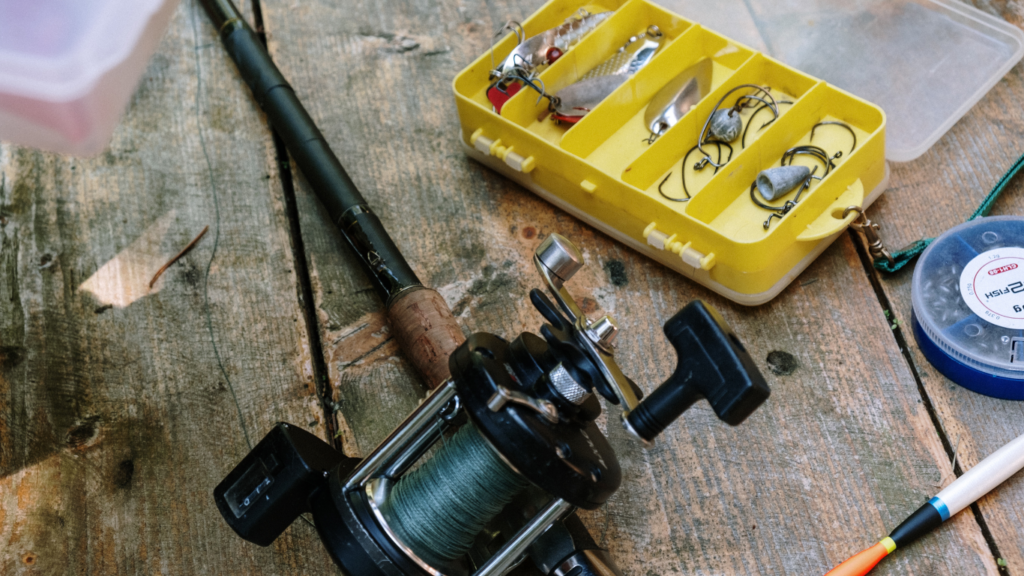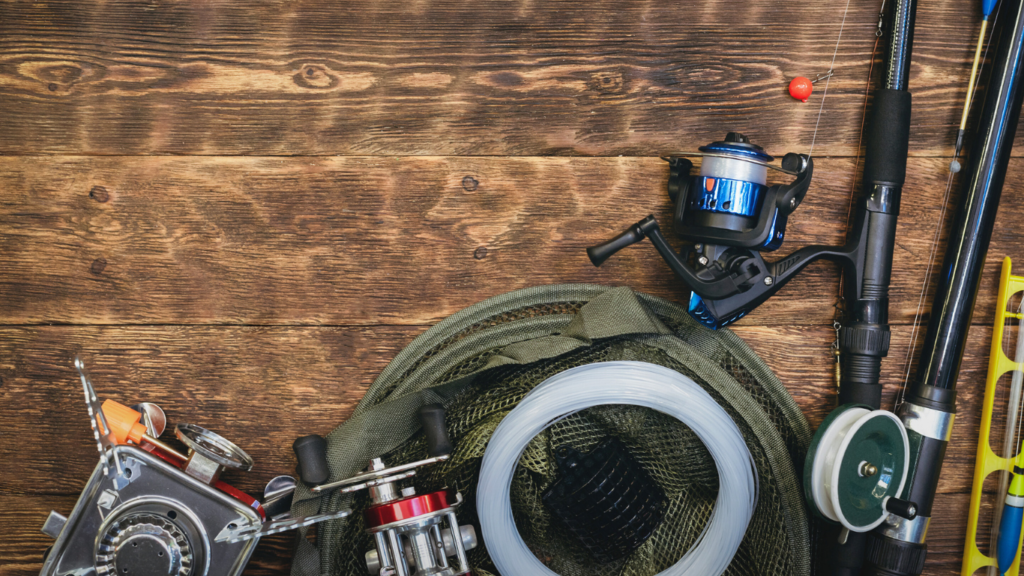Understanding Fish Finders
Fish finders are essential tools that help anglers locate and target fish more effectively. These devices use sonar technology to display underwater activity, making them invaluable for both beginners and seasoned anglers.
What Are Portable Fish Finders?
Portable fish finders are compact devices designed for mobility and ease of use. They usually include a small display unit and a transducer that can be attached to boats, kayaks, or even a fishing line. These fish finders are ideal for those who fish in multiple locations or use different vessels. Some models, such as castable options, work directly with smartphones via Bluetooth or Wi-Fi, offering convenience and flexibility. In comparison to mounted units, portable fish finders usually have smaller screens and limited battery life, making them better suited for shorter trips.
What Are Mounted Fish Finders?
Mounted fish finders are permanent units installed on boats with larger, more powerful displays. They provide advanced features like:
- high-resolution screens
- GPS integration
- dual or side-imaging sonar
These devices are perfect for anglers who regularly fish from the same vessel and require detailed underwater data. Installation involves securing the transducer and display to the boat, ensuring consistent operation. While mounted fish finders offer superior functionality, they lack the portability of handheld systems, limiting their use to a specific vessel.
Pros and Cons of Portable Fish Finders
Portable fish finders are versatile tools designed for flexibility and convenience. Understanding their advantages and limitations can help anglers determine if they align with their fishing needs.
Advantages of Portable Fish Finders
1. Mobility
Portable fish finders offer unmatched mobility. Anglers can use them on different watercraft, like kayaks, canoes, or rental boats, without installation hassles.
2. Compact design
Their compact structure makes them easy to carry and store. This feature is particularly useful for individuals with limited storage space or those traveling light.
3. User-friendly setup
No fixed installation means they’re generally quick to set up. Anglers can start using them minutes after reaching the water.
4. Affordable pricing
Many portable units come at a lower price point compared to advanced mounted systems, making them a budget-friendly option for casual fishermen or beginners.
5. Adaptability to diverse environments
These devices work well in varied settings, like shore fishing, ice fishing, or fishing from a small vessel.
Disadvantages of Portable Fish Finders
1. Smaller screens
Most portable models feature smaller displays, which can limit visibility, especially in bright sunlight or detailed imaging requirements.
2. Short battery life
These devices depend on batteries, typically lasting 4-8 hours, which can cut extended fishing trips short without a backup.
3. Limited features
Advanced functions like large GPS maps or high-definition imaging aren’t usually available in portable fish finders, providing fewer navigation and fish-marking options.
4. Less durable
They’re more vulnerable to wear and tear due to frequent handling and movement compared to permanently mounted units.
5. Weaker performance on rough waters
Accuracy may reduce in choppy waters as portable transducers often lack the stability of mounted systems.
Pros and Cons of Mounted Fish Finders

Mounted fish finders offer significant value to anglers who fish regularly from the same vessel. These systems provide advanced functionality and a reliable fishing experience but come with a few trade-offs.
Advantages of Mounted Fish Finders
1. Advanced Features
Mounted fish finders come with high-resolution displays, GPS integration, and advanced sonar capabilities. For example, features like side-imaging and down-imaging enhance underwater visualization.
2. Stability
Due to their fixed installation, these units remain stable even in rough waters. This ensures consistent performance regardless of movement.
3. Durability
Mounted designs are built to endure prolonged use and harsh marine environments. They’re designed to resist elements like water, salt, and vibrations.
5. Power Supply
Unlike portable units requiring batteries, mounted systems draw power directly from the boat’s electrical system, providing uninterrupted use.
Disadvantages of Mounted Fish Finders
1. Lack of Portability
Mounted systems are fixed to one vessel, limiting their use to that specific boat. This can be inconvenient for anglers who fish from multiple locations or vessels.
2. Higher Cost
These devices often cost more than portable alternatives due to their advanced features and permanent installation requirements.
3. Complex Installation
The setup process for mounted finders involves professional installation or significant technical skills, making them less beginner-friendly.
4. Space Requirements
Mounted fish finders occupy permanent space on the vessel, which could be an issue on smaller boats with limited room.
Key Factors to Consider When Choosing
Choosing between portable and mounted fish finders depends on specific preferences and fishing environments. I assess factors like portability, durability, and budget to decide which option fits my needs.
Portability and Convenience
Portable fish finders excel in mobility and adaptability. I find them ideal when fishing from multiple locations or across different vessels. Their compact design ensures quick setup, making them a practical choice for spontaneous trips. However, mounted fish finders stay fixed, offering the convenience of permanent installation for consistent use on the same boat. For me, frequent movement and diverse fishing settings make portability essential.
Durability and Setup
Mounted fish finders offer superior durability and stability. I appreciate their resilience in harsh marine environments and rough waters, supported by professional-grade installations. Portable devices, while easier to set up, tend to have limited durability, especially in challenging conditions. For calmer lakes or occasional fishing, portable units suffice, but long-term exposure to tough conditions makes mounted units indispensable.
Budget and Longevity
Portable units are more affordable upfront, making them accessible for casual anglers or those on a tight budget. However, I notice their shorter battery life and potential wear over time can lead to higher maintenance costs. Mounted units demand significant initial investment but promise longevity, advanced features, and reliable performance if used regularly. Depending on fishing frequency and long-term savings, I factor in both options carefully.





